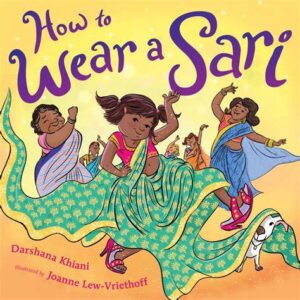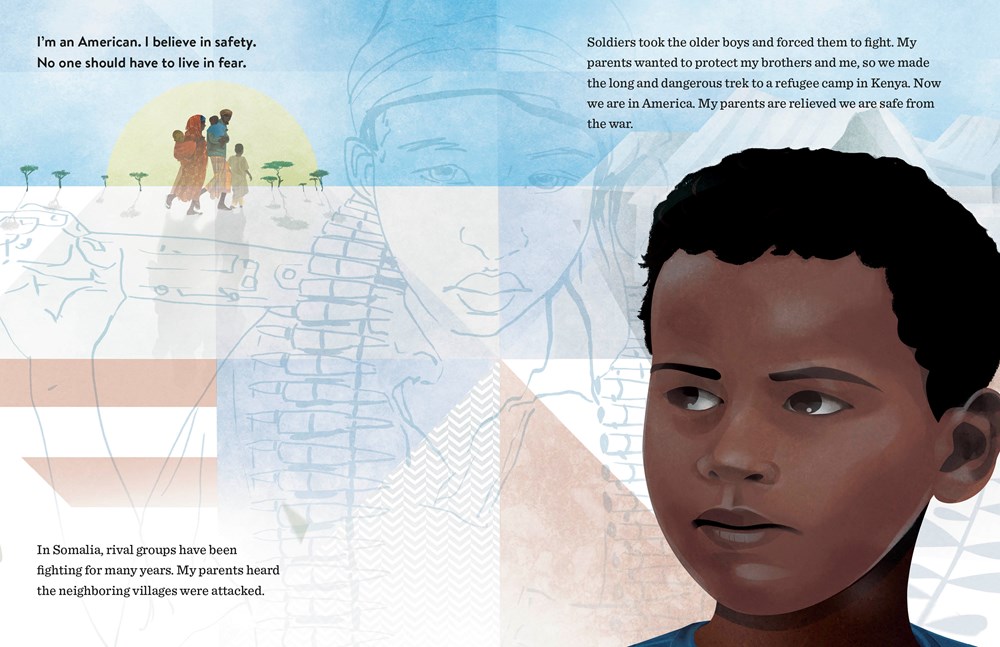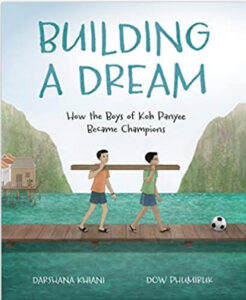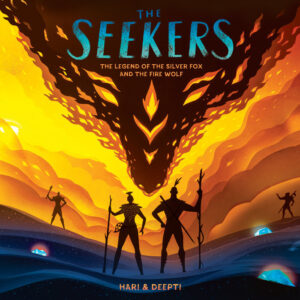 This month’s interview is with Author/Illustrator Tadgh Bentley, a British illustrator and writer who now lives in Ohio with his wife, son, and dog. He’s a fan of penguins (witness his Little Penguin series), so we know he’s a truly terrific person. He’s also keen on creating books about critters of all types, as evident from such picture book titles as Samson, the Piranha Who Went to Dinner and his Dino Detective and Awesome Possum chapter books.
This month’s interview is with Author/Illustrator Tadgh Bentley, a British illustrator and writer who now lives in Ohio with his wife, son, and dog. He’s a fan of penguins (witness his Little Penguin series), so we know he’s a truly terrific person. He’s also keen on creating books about critters of all types, as evident from such picture book titles as Samson, the Piranha Who Went to Dinner and his Dino Detective and Awesome Possum chapter books.
Tadgh is also a self-trained illustrator, which impresses me to no end.
Let’s get right to the interview to find out more about Tadgh, his books, and his process for creating them!
RVC: Let’s start with the most important thing. How do you pronounce your name?
TB: It’s pronounced “Teague” like “league” but with a T. It’s a Gaelic name.
RVC: Aha, okay. And you have an accent, too, I can’t help but notice.
TB: So, I’m British. I’ve been here [in the US] for 11 years. My wife is from a little town called Logan in southeastern Ohio. We met and then moved here 11 years ago, and I’ve been desperately trying to hold on to my accent ever since. Not that I’ve got anything against the American accent, but there are some British people here whose accent is not quite British and not quite American, which just sounds very strange to me.
RVC: You didn’t go to school to train to be a writer or artist. What was the original plan?
TB: The original plan was to keep on trying to think of a plan, really. In my teenage years to my early 20s, I didn’t really know what I wanted to do. I ended up doing sociology at the University of Bristol, and then I decided to teach.
RVC: What level were you teaching?
TB: I was trained in elementary education, but my last stint was teaching fifth and sixth-grade English Language Arts. I taught the TAG (Talented and Gifted) class, which allowed me to have the same set of students for two years. This long-term engagement let me get to know my students well and was one of the most rewarding aspects of my job.
RVC: How did you go from teaching into creating picture books?
 TB: I’ve always journaled fairly regularly and I read a lot when I was younger. But I didn’t have a creative outlet for that interest. Then shortly before moving to the US, I was in a bookstore looking for a book to read. And I just kind of noticed Oliver Jeffers’ Lost and Found. I picked it up and was captured by it straightaway. I hadn’t considered picture books until that point, but I’d always been a doodler.
TB: I’ve always journaled fairly regularly and I read a lot when I was younger. But I didn’t have a creative outlet for that interest. Then shortly before moving to the US, I was in a bookstore looking for a book to read. And I just kind of noticed Oliver Jeffers’ Lost and Found. I picked it up and was captured by it straightaway. I hadn’t considered picture books until that point, but I’d always been a doodler.
RVC: Let’s talk about your art ability. You’re self-taught, right? So, when did you know you could create art at a high enough level to do this?
TB: I have this fairly relentless inner voice that’s constantly saying, “You’re not there yet.” That can be useful when I’m aware of it. I always emphasize to young people that my formal education in writing ended in high school and everything I’ve learned has come from the Internet. But it’s also about the process over results, learning from dead ends. So, I find comfort in hearing that even successful people like Peter Brown have their doubts.
RVC: Do you have a story of a failed picture book that led to something good?
TB: Currently, I’m working on an idea about a bear that invents a roller coaster. Putting that aside has led me to revisit another project that I now see in a new light. It can be crushing to not have a product at the end, but you have to keep creating.
RVC: What are your feelings about digital art?
TB: My entry into illustration came through photography and later Photoshop. While I find digital art valuable, especially for book production, it feels a bit like a “fraud” since there isn’t a physical, unique artifact at the end. This led me to explore oil painting, which has been deeply satisfying.
Working with physical paints has taught me far more about color than years of digital work. For digital artists, I recommend experimenting with a simple palette of physical paints to better understand color mixing.
RVC: Great advice. And speaking of advice, do you have an agent?
TB: I do. It’s John Rudolph at Dystel, Goderich & Bourret.
RVC: He sold your first book?
 TB: Yes, my first book was Little Penguin Gets the Hiccups. I wrote it during an eight-month period when I couldn’t work after moving to the States.
TB: Yes, my first book was Little Penguin Gets the Hiccups. I wrote it during an eight-month period when I couldn’t work after moving to the States.
RVC: What’s the story behind that first book?
TB: I was having dinner with my wife, Emily, when she got the hiccups. The idea of a mouse getting hiccups popped into my head, which eventually turned into a penguin. I created a complete dummy and John Rudolph picked it up. He liked everything but the art initially. He said my willingness to listen to feedback and make changes was crucial in his decision to take me on as a client.
RVC: What’s it like working with a recurring character?
TB: My experience with the Little Penguin series was more about navigating the structure rather than handling recurring characters. We had this formula—introduce a problem that Little Penguin has caused, then show him trying to solve it. At first, I thought it’d be helpful, but it ended up making things more complex. I liked adding new characters like Kenneth the bird or a polar bear. I’ve always enjoyed stories where there are little details to discover upon multiple readings.
RVC: Me, too.
TB: It also allowed me to enrich the story world, which I naturally tend to visualize as a broader, “real” universe. This sometimes leads me into overthinking, but it’s a part of my creative process.
RVC: I note that the majority of your characters are animals, not humans. Is this a conscious choice?
TB: It wasn’t intentional. Early on, I was somewhat uncomfortable drawing humans. I’ve been writing stories that involve humans, but those never really materialized. Currently, I have several projects underway featuring non-human characters—like a bear on a roller coaster, a hedgehog in a bouncy castle, and a bird that can control the sun.
RVC: Which of the characters from your published picture books do you most identify with?
TB: Frank from One Chicken Nugget comes to mind. I’m an introverted person, but much like Frank, my brain is always active and running around. He’s a bit out of control, but I feel a kinship with him.
RVC: How does it feel to work as both an author and illustrator?
 TB: For Dragons Eat Noodles, I was just the illustrator. The experience made me realize how traditionally separate the roles of author and illustrator are in the publishing industry. I found this surprising because, for me, the words and pictures are deeply interconnected and inform each other.
TB: For Dragons Eat Noodles, I was just the illustrator. The experience made me realize how traditionally separate the roles of author and illustrator are in the publishing industry. I found this surprising because, for me, the words and pictures are deeply interconnected and inform each other.
RVC: I think it’s important for people to understand that perfection isn’t achieved on the first try. To that end, I sometimes ask if interview subjects are open to sharing drafts. Are you?
TB: Absolutely. I have a wealth of early material for my first book and One Chicken Nugget as well. I believe the hard work involved in revisions is what makes the creative process authentic.


RVC: How does your family influence your work?
TB: My four-year-old son Fionn, who’s obsessed with rockets, has been a big influence. He’s inspiring me to write stories about space. Fionn’s way of engaging with the world really inspires me. In One Chicken Nugget, I snuck in a rocket on every page for him.
Aside from that, my family has always supported my love for reading, though I’m the outlier when it comes to artistic pursuits.
RVC: Do you keep tabs on markets other than the U.S., like the UK?
TB: Currently, all my book deals are for North America. As a Brit, I would love to have a book published in the UK. Now that I’m focusing solely on writing and illustrating, I’m planning to broaden my horizons.
RVC: What do you wish you knew when starting in children’s literature?
TB: One of the most important lessons I’ve learned is to focus on the process rather than the end product. While it’s true that I sometimes struggle with finishing projects, the shift in focus toward the creative process has been beneficial for my overall growth and enjoyment in my career.
RVC: One last question for this part of the interview. What’s a picture book that has really inspired you?
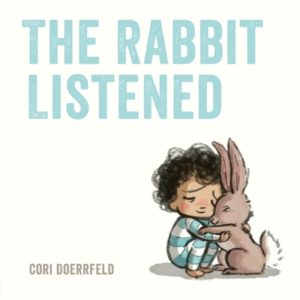 TB: The Rabbit Listened by Cori Doerrfeld. An unbelievably gently, important story.
TB: The Rabbit Listened by Cori Doerrfeld. An unbelievably gently, important story.
RVC: Great choice, Tadgh. But now it’s time for the LIGHTNING ROUND. Fast questions + fast answers, please. Are you ready!
TB: Absolutely.
RVC: What’s something surprising that’s on your music playlist?
TB: I’ve got a fairly eclectic range, but there’s a really good band called Lankun–it’s Irish folk.
RVC: Five things you can’t do your job without.
TB: Time. Patience. Pencil. Paper. Imagination.
RVC: Who sets the standard for picture book art for what illustration?
 TB: Jon Klassen’s style really stands out. The colors, textures, and simplicity of it all. My favorite picture book is We Found a Hat. I just think it’s beautiful.
TB: Jon Klassen’s style really stands out. The colors, textures, and simplicity of it all. My favorite picture book is We Found a Hat. I just think it’s beautiful.
RVC: What’s the last picture book that actually have you laughing out loud?
TB: It’s The Legend of Rock Paper Scissors by Drew Daywalt. I was reading that with my kid, and it’s hilarious. It talks about characters getting their “battle pants” on and such. Fionn was laughing in the most adorable way.
RVC: Who’s a picture book author you’d LOVE to illustrate for?
TB: If there are any astronauts out there writing picture books…let me know!
RVC: Sum up your picture book philosophy in three words or less.
TB: Humor, meaning, and simplicity. That’s what I aim for.
RVC: Thanks so much, Tadgh!

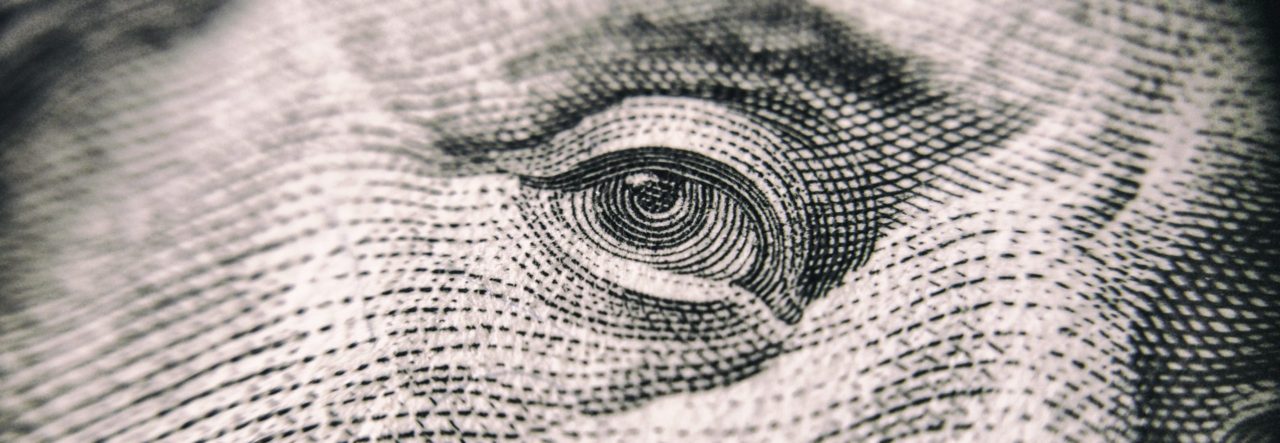



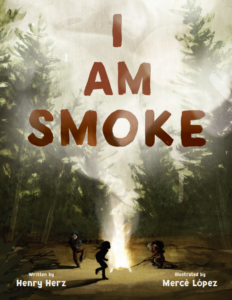








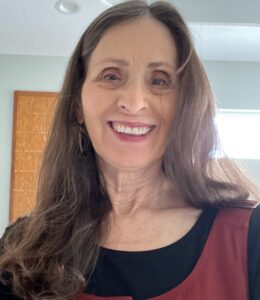 This month’s Author Interview is with Marsha Diane Arnold. Her books have sold over one million copies, so what more do you need to know? 🙂
This month’s Author Interview is with Marsha Diane Arnold. Her books have sold over one million copies, so what more do you need to know? 🙂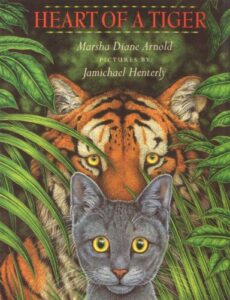


 Roar of a Snore
Roar of a Snore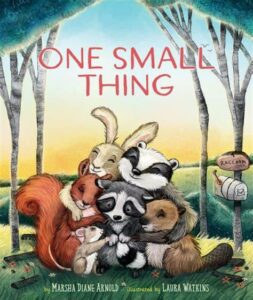


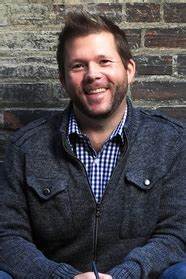 This month’s Author/Illustrator is Merrill Rainey, a self-described “cowboy-boot wearing, picture book creator and paper toy maker.”
This month’s Author/Illustrator is Merrill Rainey, a self-described “cowboy-boot wearing, picture book creator and paper toy maker.”




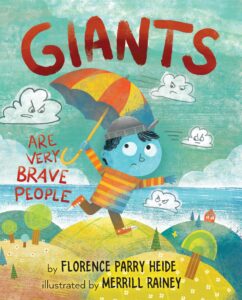
 This month’s interview is with Darshana Khiani, a San Francisco Bay area author, engineer, and advocate for South Asian children’s literature. In her own words, she’s “infinitely curious about the world and enjoys sharing my findings with young readers. If I can make a child laugh, even better.”
This month’s interview is with Darshana Khiani, a San Francisco Bay area author, engineer, and advocate for South Asian children’s literature. In her own words, she’s “infinitely curious about the world and enjoys sharing my findings with young readers. If I can make a child laugh, even better.”
